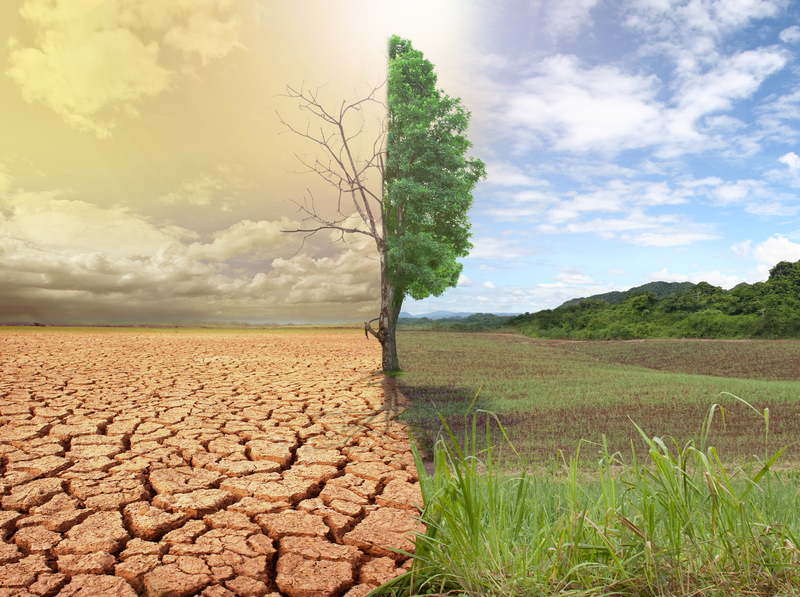Safeguarding the Planet When Disposing of PPE Waste
As the world continues to grapple with global health crises and pollution, safeguarding the planet when disposing of PPE waste has never been more critical. Personal protective equipment (PPE) such as face masks, gloves, face shields, and gowns are essential for safety, especially in healthcare and public settings. However, their improper disposal poses significant environmental hazards. With billions of PPE items being discarded every month, it is imperative that individuals, organizations, and governments adopt sustainable practices to manage PPE waste responsibly.
Understanding the Environmental Challenge of PPE Waste
The unprecedented use of single-use PPE has resulted in a new environmental threat. Masks and gloves made from non-biodegradable plastics have become commonplace in landfills, waterways, and even the natural world. This surge in disposable PPE, while vital for health and safety, strains existing waste management systems and threatens terrestrial and marine ecosystems.
- Non-biodegradable components: Most PPE products are made from polypropylene and other plastics, taking centuries to break down.
- Wildlife hazards: Animals can ingest or become entangled in discarded PPE, leading to injuries or death.
- Microplastic pollution: As PPE breaks down, it releases microplastics into the soil and water, entering the food chain and affecting all life forms.
Recognizing these risks, it is crucial to put in place sustainable solutions to safeguard the planet when disposing of PPE waste.

The Scale of the PPE Waste Problem
According to various studies, in 2020 alone, over 129 billion face masks and 65 billion gloves were discarded every month worldwide during the peak of the COVID-19 pandemic. Many ended up in the environment rather than in regulated waste streams. Even today, improper disposal remains prevalent due to the sheer volume of daily use.
Sources of PPE Waste
- Healthcare facilities (hospitals, clinics, labs)
- Public spaces (malls, restaurants, airports)
- Individual households
- Industrial and manufacturing settings
These diverse sources make managing and safely disposing of PPE waste a complex task, necessitating comprehensive, multi-level strategies.
Why Correct PPE Disposal Is Essential for the Environment
Learning how to safely dispose of PPE waste isn't just a matter of cleanliness--it's a vital part of reducing environmental impact. Whether tossed in the street or landfill, PPE can leach harmful chemicals and add to the growing global plastic crisis.
Immediate and Long-Term Environmental Risks
- Litter accumulation: Visible litter diminishes the aesthetic value of communities and natural areas.
- Soil and water contamination: Toxic additives in plastics can leach into the ground and water, affecting both plant and animal life.
- Blocking waterways: Accumulated waste can clog drainage systems, leading to flooding and habitat destruction.
- Promotion of disease: Improperly managed PPE waste can harbor pathogens, putting waste workers and the public at risk.
Best Practices for Safeguarding the Planet When Disposing of PPE Waste
Correct PPE waste management depends on awareness, public participation, and institutional infrastructure. Adopt these best practices to help protect the planet from PPE pollution.
1. Segregating PPE Waste Properly
To minimize contamination and enable safer disposal or recycling, PPE waste must be separated from general trash. Households and businesses should keep a dedicated, clearly marked bin for used masks and gloves.
- Use color-coded bins (often yellow or red) for biohazard materials.
- Seal PPE waste in a secure bag before disposal.
- Avoid mixing PPE with recyclables or compostables.
2. Following Regulatory Guidelines
Local and international bodies have issued specific guidelines for handling PPE waste. Adherence ensures compliance and reduces environmental hazards.
- Refer to policies from organizations such as the World Health Organization (WHO) and your country's environmental agencies.
- Clinical settings should always follow medical waste protocols.
- Transport waste to authorized disposal facilities rather than general landfills whenever possible.
3. Promoting the Use of Reusable PPE
While single-use PPE is indispensable in high-risk scenarios, the use of reusable alternatives wherever feasible can greatly reduce waste.
- Adopt washable cloth masks, face shields, and gowns for non-clinical settings.
- Encourage manufacturers to innovate sustainable PPE made from biodegradable or recyclable materials.
4. Proper Disposal in Community Settings
Community engagement is key for effective PPE waste management. Public spaces should provide ample, well-signed disposal bins for PPE.
- Install PPE-specific bins in parks, shopping centers, and public transport hubs.
- Launch educational campaigns about the importance of proper disposal.
- Organize community clean-up events to remove improperly discarded PPE from the environment.
5. Innovations in PPE Waste Recycling
New technologies are making it possible to recycle and repurpose PPE waste. Companies have begun exploring ways to process used masks and gloves into useful products.
- Some firms shred and convert used masks into construction materials like road asphalt, bricks, or tiles.
- Advanced recycling techniques can recover polymers for use in new plastic products.
- Bio-based, compostable PPE is an emerging field promising to reduce plastic pollution at the source.
6. Involving Businesses and Institutions
Businesses, schools, and large organizations can play a leadership role in safeguarding the planet through responsible PPE waste disposal.
- Develop sustainable PPE procurement policies.
- Educate staff and students on proper disposal procedures.
- Partner with local recyclers or waste management firms for PPE waste processing.
Case Studies: Leading Examples in PPE Waste Management
Hospitals Setting Sustainable Standards
Certain hospitals have invested in specialized PPE waste incinerators and on-site sterilization devices. This reduces transportation emissions and ensures hazardous materials are handled securely.
Municipal Initiatives
Cities like Toronto and Singapore have installed thousands of PPE-specific litter bins and run ongoing educational campaigns. Their public-private partnerships increase the accessibility and visibility of proper disposal options.
Closed-Loop Recycling Systems
In some countries, pilot programs collect, sterilize, and recycle used PPE into raw materials for non-medical uses, turning a linear "take-make-dispose" model into a circular system.
The Future of Sustainable PPE and Responsible Disposables
Innovators are responding rapidly, creating more sustainable PPE that offers protection without long-term environmental consequences.
- Biodegradable face masks and gloves are under development, designed to break down naturally after use.
- Refillable PPE dispensers and take-back schemes encourage proper returns and centralized processing.
- Emerging policies in the EU, US, and Australia aim to mandate more responsible PPE material use and disposal.
Individual Actions You Can Take to Protect the Planet from PPE Waste
- Never litter PPE items. Always use a designated bin and seal used masks and gloves in a bag if possible.
- Choose reusable PPE alternatives where safety allows.
- Participate in local clean-up events targeting PPE waste.
- Educate others about the environmental impact of PPE and ways to mitigate it.
Policy and Regulation: Essential for Comprehensive PPE Waste Management
Governments and regulatory agencies have a vital role in shaping standards and policies for safeguarding the planet through PPE waste management.
- Introduce and enforce guidelines on PPE use, segregation, and disposal at all levels.
- Prioritize investment in waste treatment and recycling infrastructure capable of handling surges in PPE waste.
- Support public education and corporate responsibility initiatives.
*International collaboration* is also essential. Sharing best practices, technical know-how, and research accelerates progress towards a cleaner, safer planet.

Conclusion: Our Shared Responsibility for a Cleaner, Healthier Future
The COVID-19 pandemic highlighted not only our vulnerability but also our interdependence with the environment. With PPE now part of everyday life, safeguarding the planet when disposing of PPE waste must become a universal commitment. Everyone--individuals, businesses, healthcare providers, and governments--has a role to play.
- Always practice responsible PPE disposal and encourage others to do the same.
- Support the development and adoption of sustainable, biodegradable PPE products.
- Advocate for strong policies and investments that empower communities to manage PPE waste effectively.
Our efforts to protect each other through PPE must extend to protecting our planet. Together, we can ensure that health and sustainability go hand in hand for generations to come.
Frequently Asked Questions About PPE Waste and Environmental Protection
What is the most environmentally friendly way to dispose of PPE waste?
The most sustainable strategy is to use reusable PPE where safe, always separate single-use PPE from recyclables, and ensure it goes to approved medical or hazardous waste facilities. Never flush PPE or place it in compost or recycling streams unless directed by local authorities.
Can disposable masks or gloves be recycled?
Most single-use masks and gloves are made from mixed plastics and cannot currently be recycled via standard curbside programs. Some specialized facilities and pilot programs are emerging for this purpose--check local guidelines for your area.
How does PPE waste affect wildlife?
Animals may ingest or become entangled in discarded PPE, leading to injury, suffocation, or even death. Microplastic fragments from degrading PPE can also enter the food chain, with cumulative harmful effects.
How can businesses and institutions promote sustainable PPE waste management?
By providing clear disposal bins, educating staff, using eco-friendly alternatives, and partnering with waste processors, organizations model responsible behavior and help reduce overall environmental impact.
